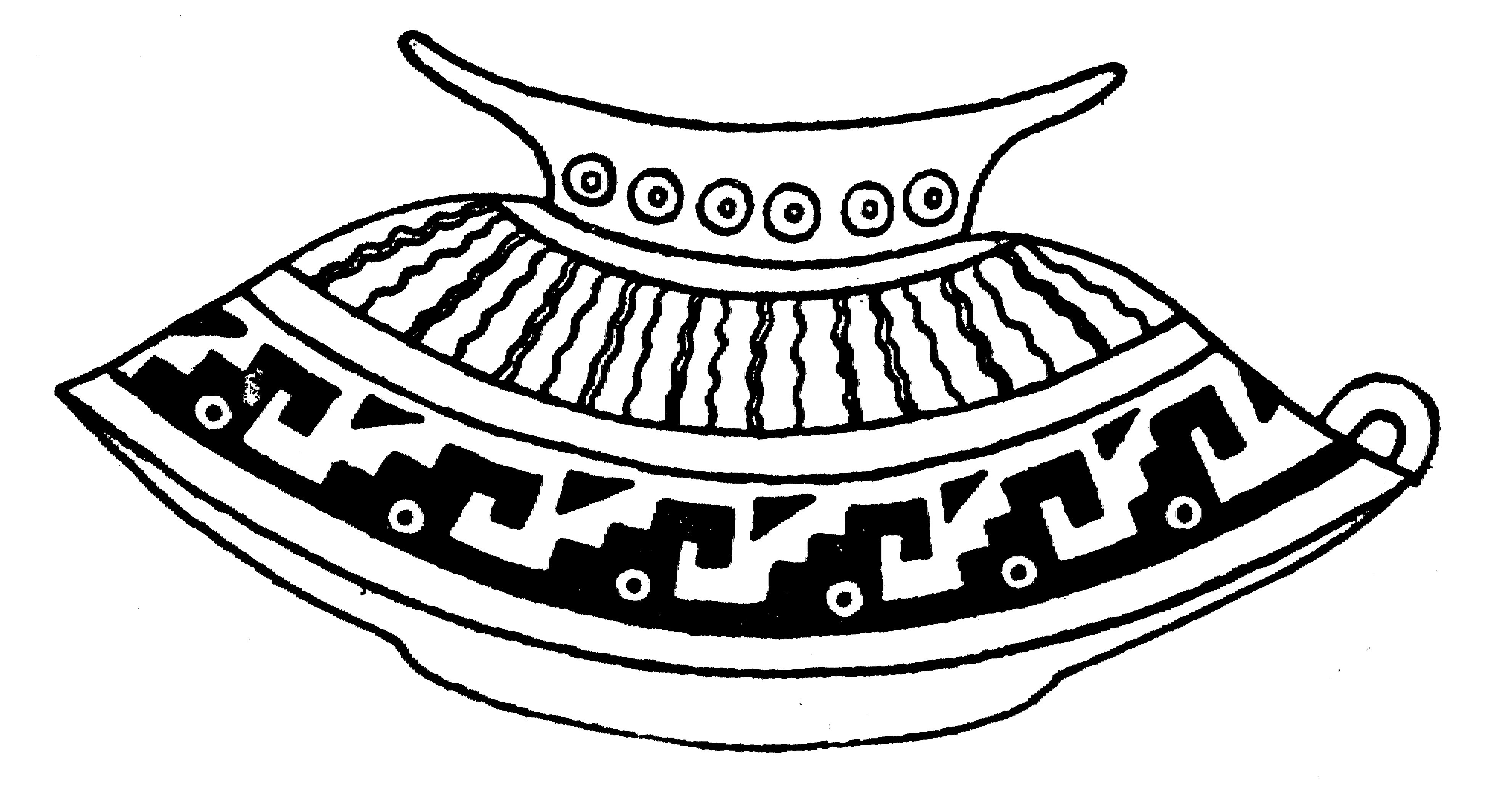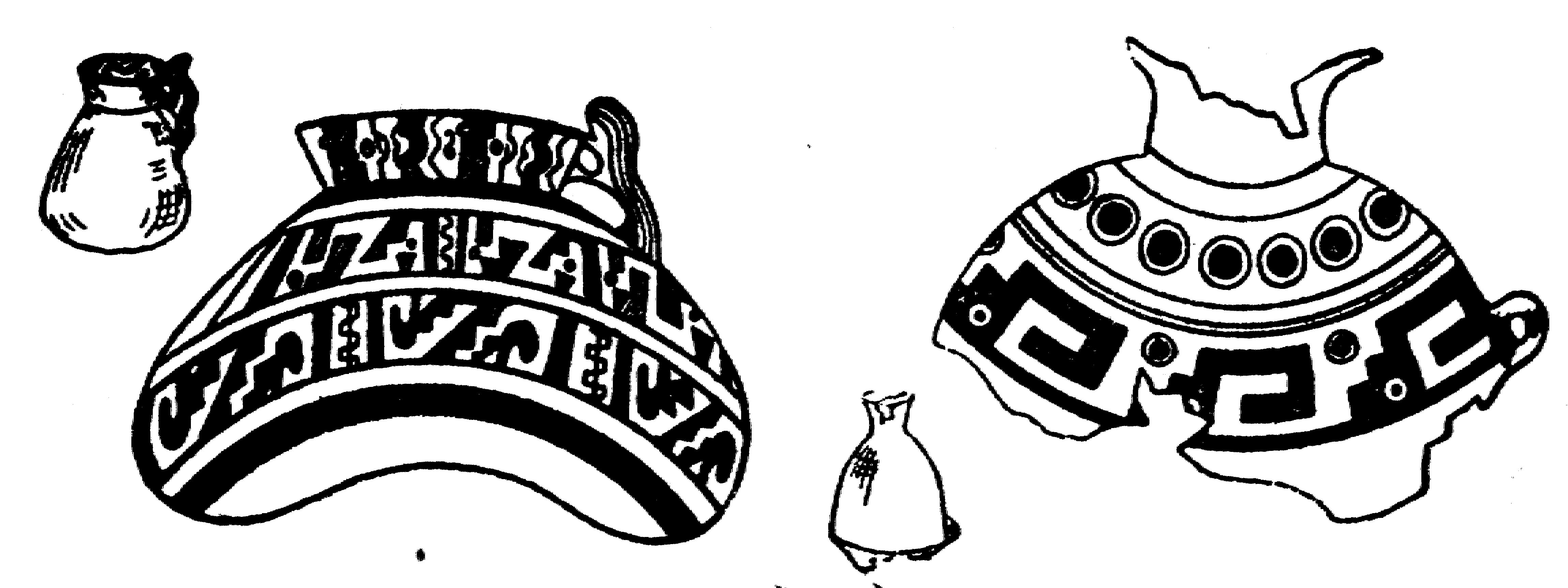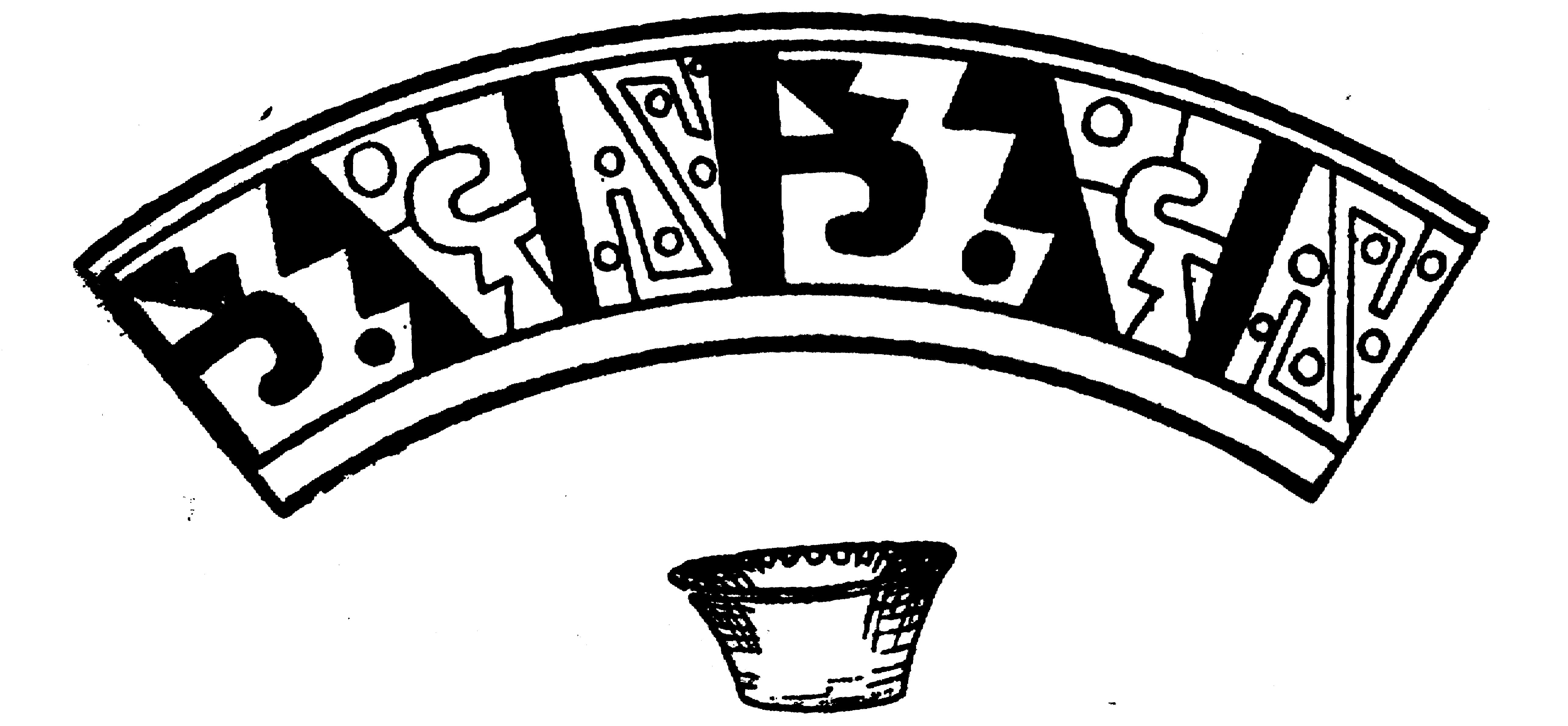|
This is one of several different examples of how, according to Posnansky, the people of 'Tihuanacu' saw the earth. "The name 'Tiahuanaco' has been added to literature ever since the first chroniclers wrote of Alto Peru, and it owes its origin perhaps to a folkloric tradition ascribed to these chroniclers, which tells of a Tia-Huanacu ('Sit down, Huanacu!')... ... today no Indian, not even from Tihuanacu itself, nor from any part of the Andean Altiplano and the conterminous regions, uses the word Tiahuanaco. On the contrary, he uses the word Tihuanacu exclusively." The most important sign of all, found everywhere in the art and architecture, is the 'Staircase Sign', also used in the image above. Straight lines and angles dominate everywhere. The geography with mountain ranges may be a contributing cause for the steps upward, says Posnansky. The solar cult may be the cause of the straight lines and angles, I think. But terraces also require straight lines - water will otherwise run off the edges in a way not wanted. This particular picture of the earth, says Posnansky, illustrates that there are three levels. Inside the bottom one there is a hole with a sort of pillar which holds it all up: "One of these ideograms shows that the inhabitants of Tihuanacu conceived of the earth in the form of a step-like pedestal, hollow and supported in the middle by a column. Frequently, one sees a variation of this sign on the vases found in Mexico, on the Isla del Sacrificio and elsewhere, especially on the small plumed shields and particularly, on the small shield of the god Yakatekutli." In this piece of ceramics we also recognize the 'staircase':
We can see it in both white and black. I read in this picture that the earth is receiving light, heat and water (wavy lines) from the sun (6 double suns at top). Our world in the light is white in the picture, the black mirror world below also has 6 double suns. There is a black triangle above our steplike white world. In the black mirror we can see that this black triangle is corresponding to a white sun with black interior. When we are at winter solstice, I think, the sun is at its highest on the other side of the earth.
The right piece illuminates this idea yet more clear: Here the black triangle is a black sun, or perhaps a black water hole, because we are in the dark world (time) near winter solstice (black suns / water holes above in the sky). A proper design for a water jar. The left piece give us other signs, among others the snaky way of the sun, undulating around the middle straight line on our map. There is also the Z-sign, another earth picture according to Posnansky. GD24 may have its explanation from the pictures above. Presumably we see one double-sun at each end of GD24. No hole, because such would be black. This would also explain why there is a variation with 'no hole'. There is never a hole in GD24, just the eye of the sun. From which, however, tears may run. To complete this exposť I include two more pictures which may be useful later on:
|




